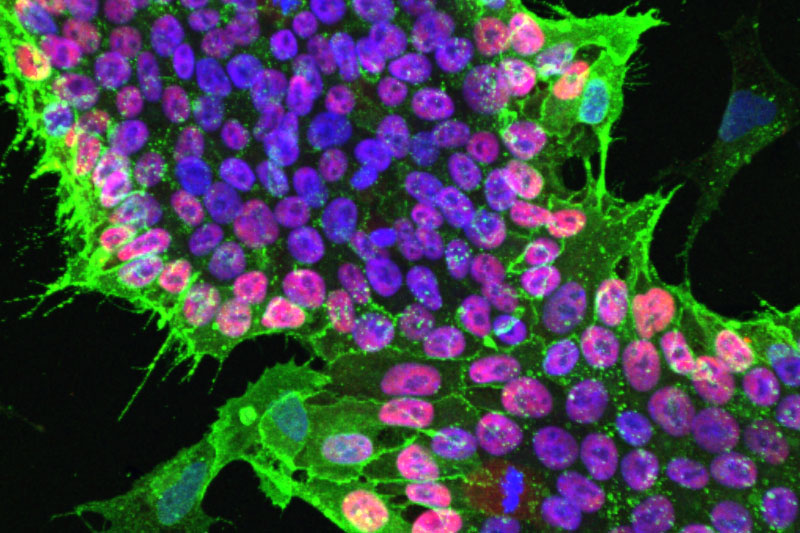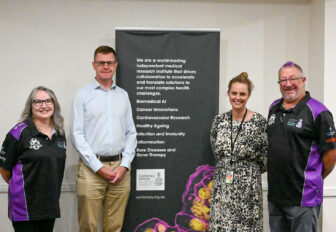What are stem cells?

Stem cells are the body’s raw materials, they have the ability to divide indefinitely and are able to develop into many different specialised cells. This natural ability to generate new cell types is unique to the stem cell. They create cells that range from muscle cells to brain cells and they can, in some cases, fix damaged tissues.
How are stem cells used in research?
Areas of stem cell research include:
- basic research to understand cell biology
- biomedical research to understand the development of disease
- clinical treatments for replacing or regenerating disease tissues
- testing new drugs on stem cell-based tissues
Stem cell research is important because it has the potential to both better understand and furthermore, cure diseases and injuries that currently have no effective treatments. Stem cells can develop into any type of cell in the body, making them valuable for repairing damaged tissues and organs.
What are the different types of stem cells?
The different types, include:
- adult stem cells
- embryonic stem cells (from embryos)
- ‘induced pluripotent’ stem cells (made in a laboratory)
- perinatal stem cells (from amniotic fluid and umbilical cord blood)
The field of stem cell research has advanced significantly with the use of adult or pluripotent stem cells (PSCs). The adult cells are found in small numbers in most tissues, such as bone marrow or fat. An induced pluripotent stem cell (iPSC), is an adult stem cell which has been altered in a lab to behave more like embryonic stem cells. This makes them beneficial for researchers wanting to learn about various human cells and diseases in the laboratory.
In our image, induced pluripotent stem cells can be seen, derived from patients, that replicate unique heart cell behaviours in relation to genetic heart disease. They help us better understand a range of conditions and let us develop new therapeutic approaches that can both save and improve lives.
How are they used to treat people?
Although use of stem cell treatments in medicine is still in its early stages, they are currently being used to treat people with blood and immune system conditions, such as leukaemia and lymphoma. These treatments use stem cells from umbilical cord blood or bone marrow or haematopoietic stem cell transplantation.
In addition to these already established stem cell therapies, there is ongoing research and development of new stem cell therapies, which are currently being investigated in clinical trials involving people. The research community is also actively engaged in expanding our understanding of stem cells and their potential applications in overcoming various diseases.
Learn more about how this research is being applied to diseases.





